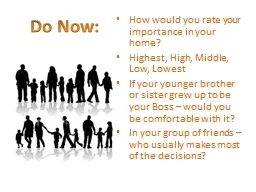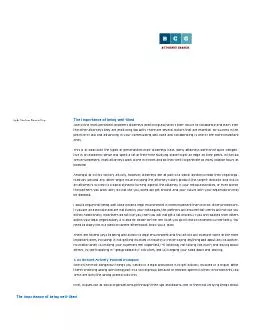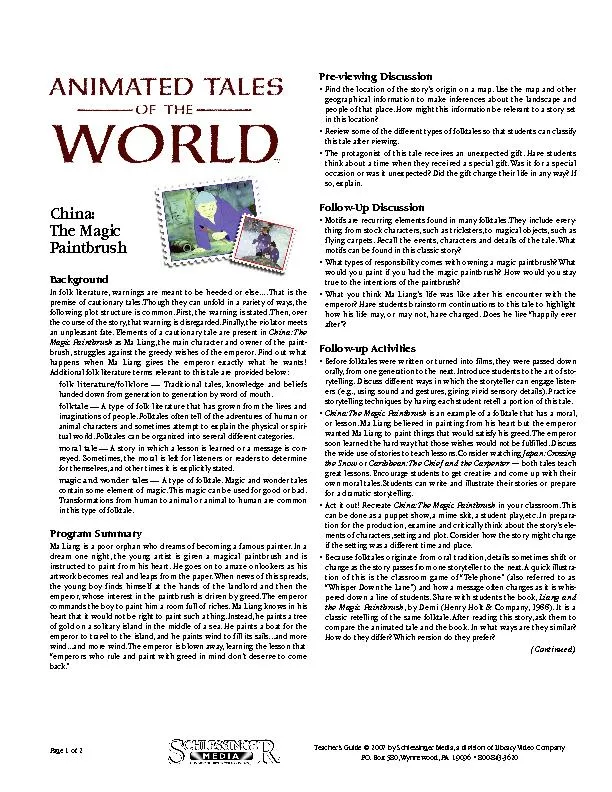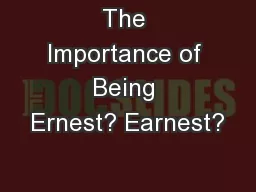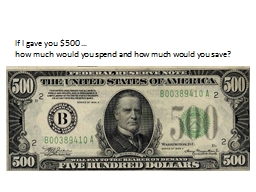PPT-How would you rate your importance in your home?
Author : conchita-marotz | Published Date : 2018-03-06
Highest High Middle Low Lowest If your younger brother or sister grew up to be your Boss would you be comfortable with it In your group of friends who usually
Presentation Embed Code
Download Presentation
Download Presentation The PPT/PDF document "How would you rate your importance in yo..." is the property of its rightful owner. Permission is granted to download and print the materials on this website for personal, non-commercial use only, and to display it on your personal computer provided you do not modify the materials and that you retain all copyright notices contained in the materials. By downloading content from our website, you accept the terms of this agreement.
How would you rate your importance in your home?: Transcript
Download Rules Of Document
"How would you rate your importance in your home?"The content belongs to its owner. You may download and print it for personal use, without modification, and keep all copyright notices. By downloading, you agree to these terms.
Related Documents

